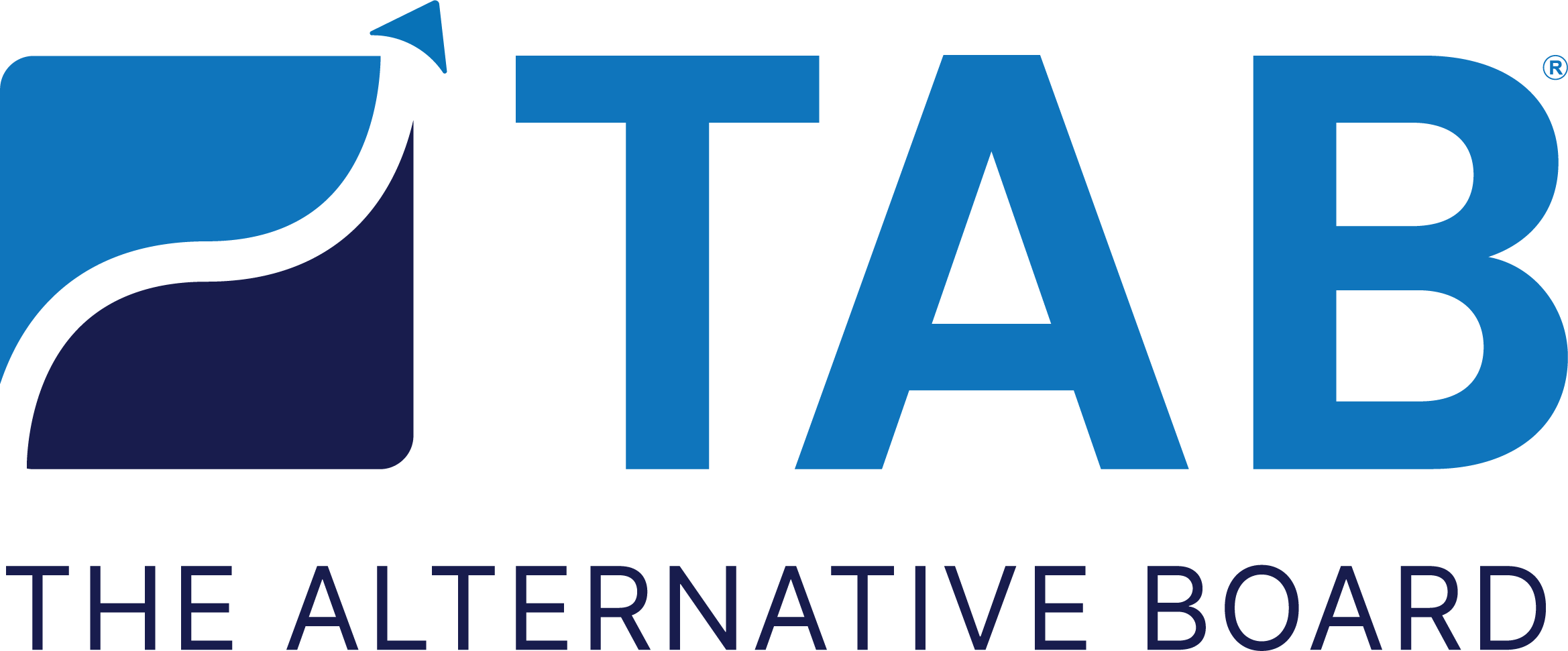A profit and loss statement, also often referred to as an income statement, revenue statement, P&L statement, or P&L, provides business owners and potential investors a comprehensive and easy to digest view of a company’s financial standing. Profit and loss statements are relatively simple documents, almost always presented in the form of a table, that record a company's income, costs, overhead, and net profit. In short, a P&L lets you and relevant parties know whether your business is earning a profit or losing money, and by how much. P&L statements, balance sheets, and cash flow statements are widely considered the trifecta of finance documents every business should maintain. They are usually generated monthly, quarterly, or annually.
Business owners leverage their P&L statements when determining budgets, growth strategies, need for investors, and numerous other aspects related to the health and sustainability of their companies. The concept is incredibly simple. A P&L statement allows you see how much revenue you are bringing in, how much money you are spending, and where you are spending it. It is a repository for the data needed to make informed decisions about things like profit drivers, underperforming revenue streams, high expenditures, and ultimately the health and profitability of your business.
Click here to watch our free webinar titled “Linking Your Actions to Financial Impact.”
There is some great accounting software out there, like QuickBooks, Peachtree, and others, that can generate a profit and loss statement for your business. But if you are a small business owner building a P&L on your own, even a simple Excel spreadsheet will suffice.
The following are easy steps in creating a comprehensive Profit and Loss Statement for your business:
- Track Operating Revenue
Keep a thorough and continuous record of all payments received related to the sale of your goods and services, as well as any other incoming revenue. - Record Cost of Sales
Cost of sales is also commonly called the cost of goods sold. Either way, it refers to fluctuating expenses like inventory and raw materials, rather than fixed expenses like payroll or leases. Income tax may be included in cost of sales for some businesses. However, business owners of sole proprietorships, partnerships, LLCs, and S corps remit this as part of their individual income taxes. - Calculate Gross Profit
To calculate gross profit, simply subtract cost of sales from total revenue for the month, quarter, or year. - Determine Overhead
Overhead refers to fixed expenses like lease payments, payroll, advertising, equipment rentals, utilities, and insurance. - Add Up Operating Income
To ascertain your operating income, subtract your overhead from your gross profit. - Consider Other Income and Expenses
This includes income to the business not directly related to the goods and services offered. On the income side, this might include things like dividends from company investments. Expenses could relate to loan interest, finance charges, or in the case of a C corporation, tax payments from pre-tax income. - Finally Arrive at Your Net Profit
Calculate your net profit by adding or subtracting your other income and expenses from your operating income.
While profit and loss statements are relatively simple in construct and easy to produce, they provide business owners and other key stakeholders a tremendous amount of insight into the health, stability, and sustainability of a company.
